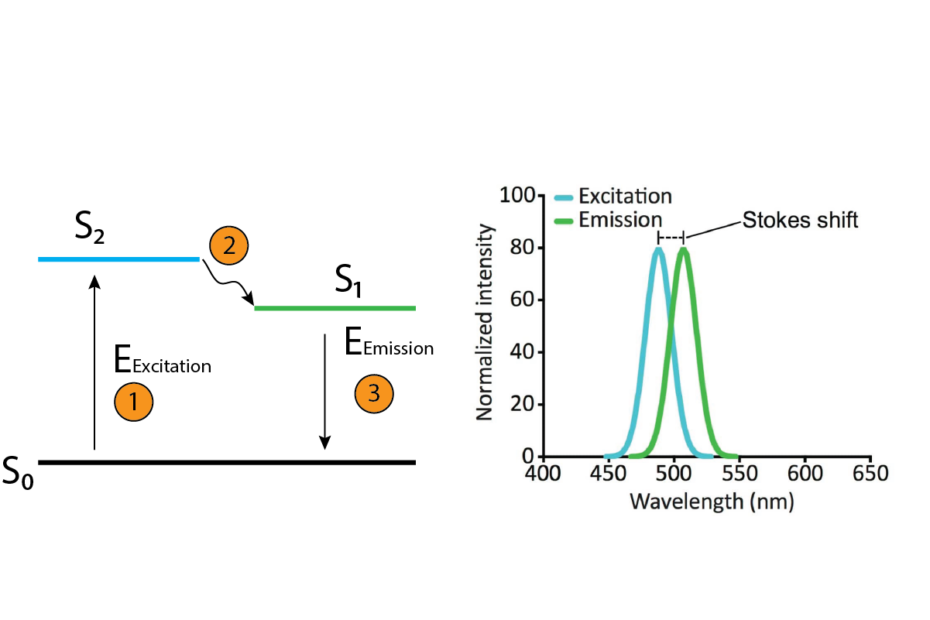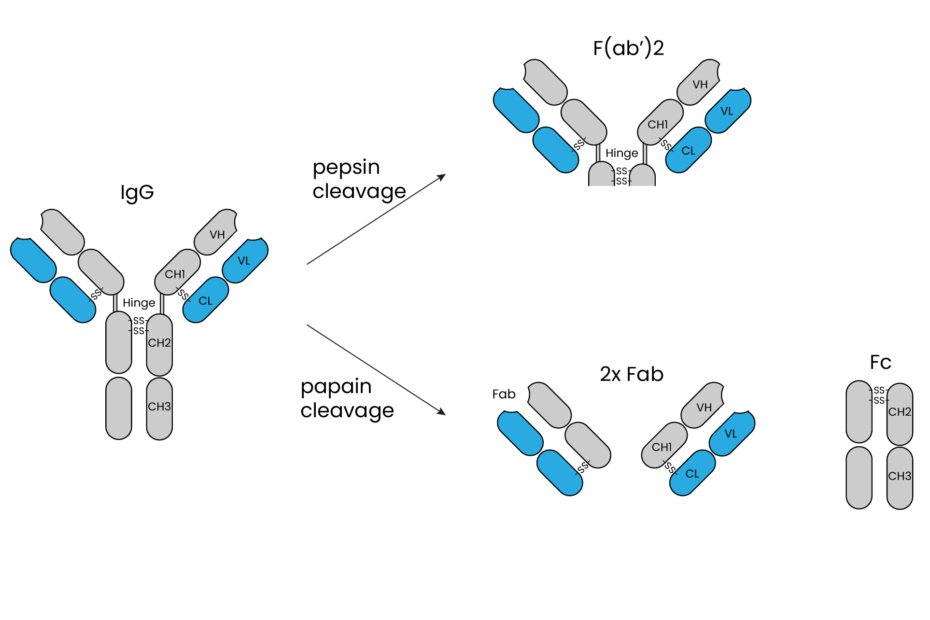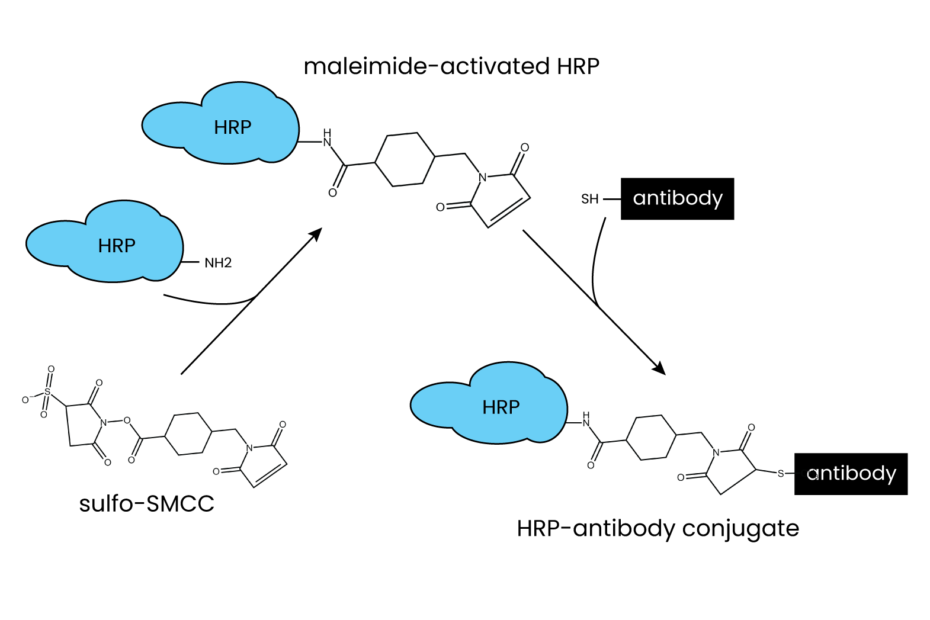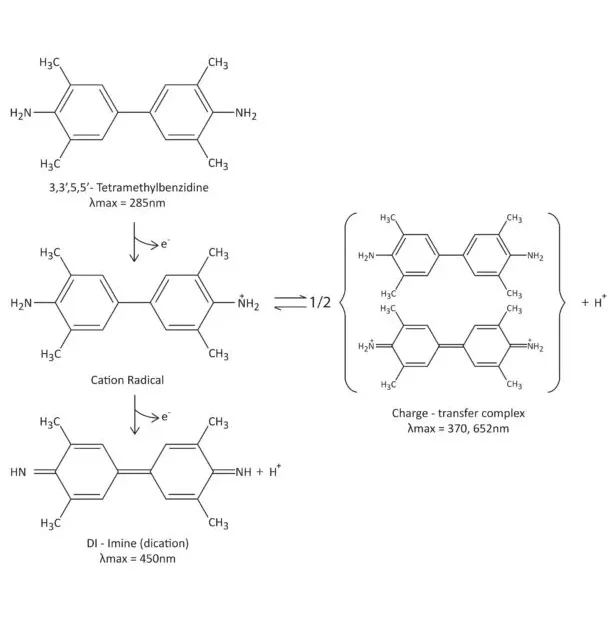The Dynamic Duo: Innate and Adaptive Immune Systems
The immune system is a complex defense mechanism that safeguards the body against harmful pathogens and foreign invaders. It consists of a multifaceted network of components, with three primary categories playing pivotal roles: the skin, lymphatic system, and circulatory system. The skin serves as the… Read More »The Dynamic Duo: Innate and Adaptive Immune Systems





